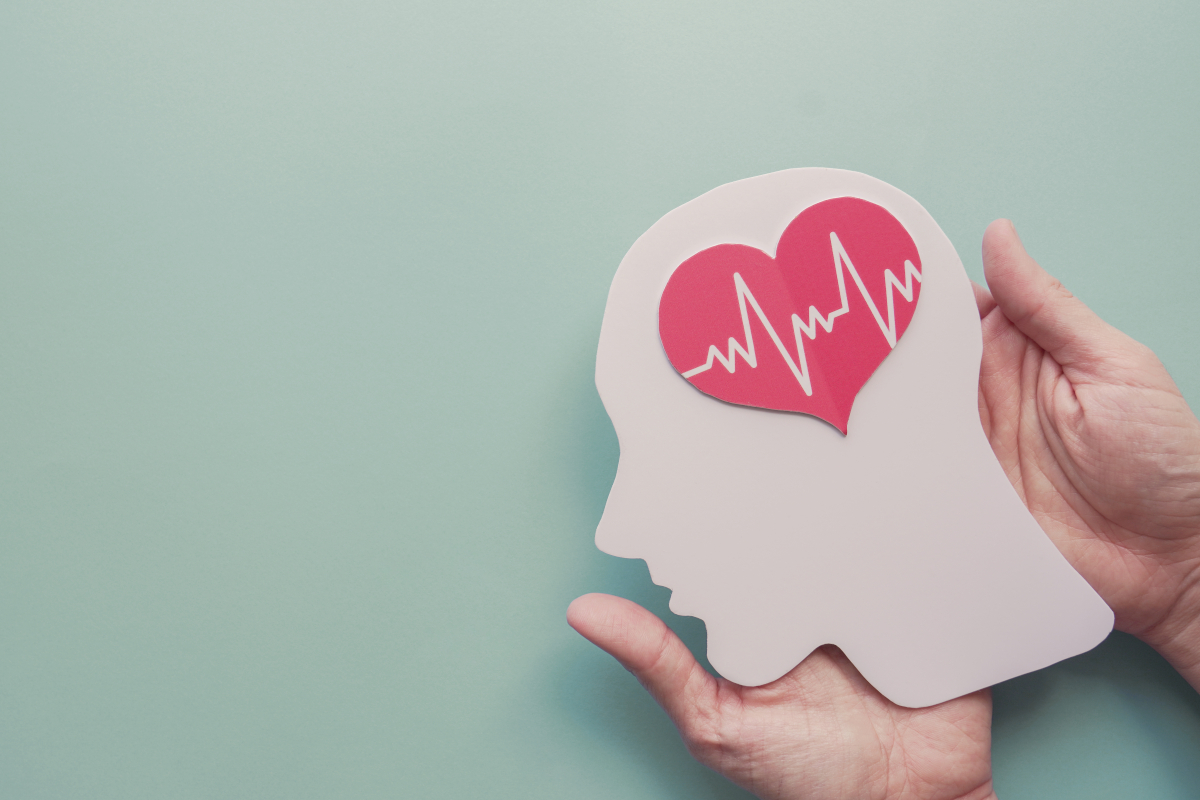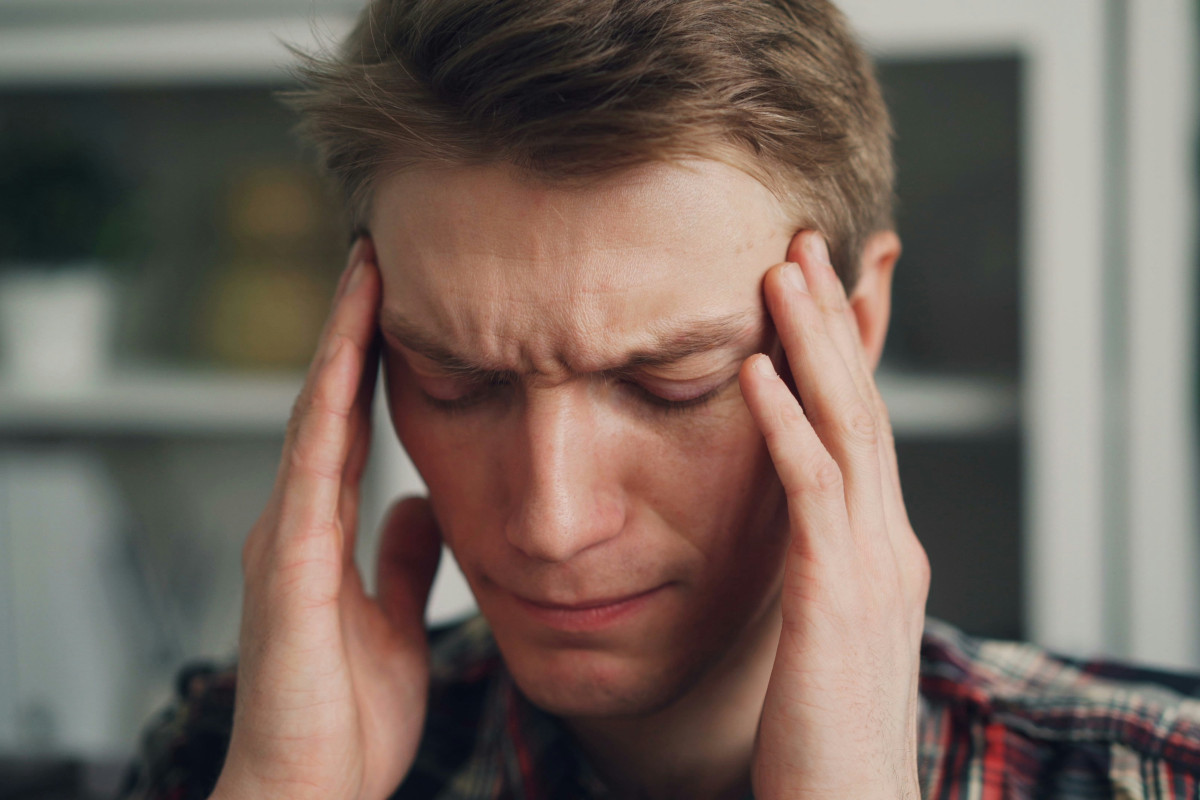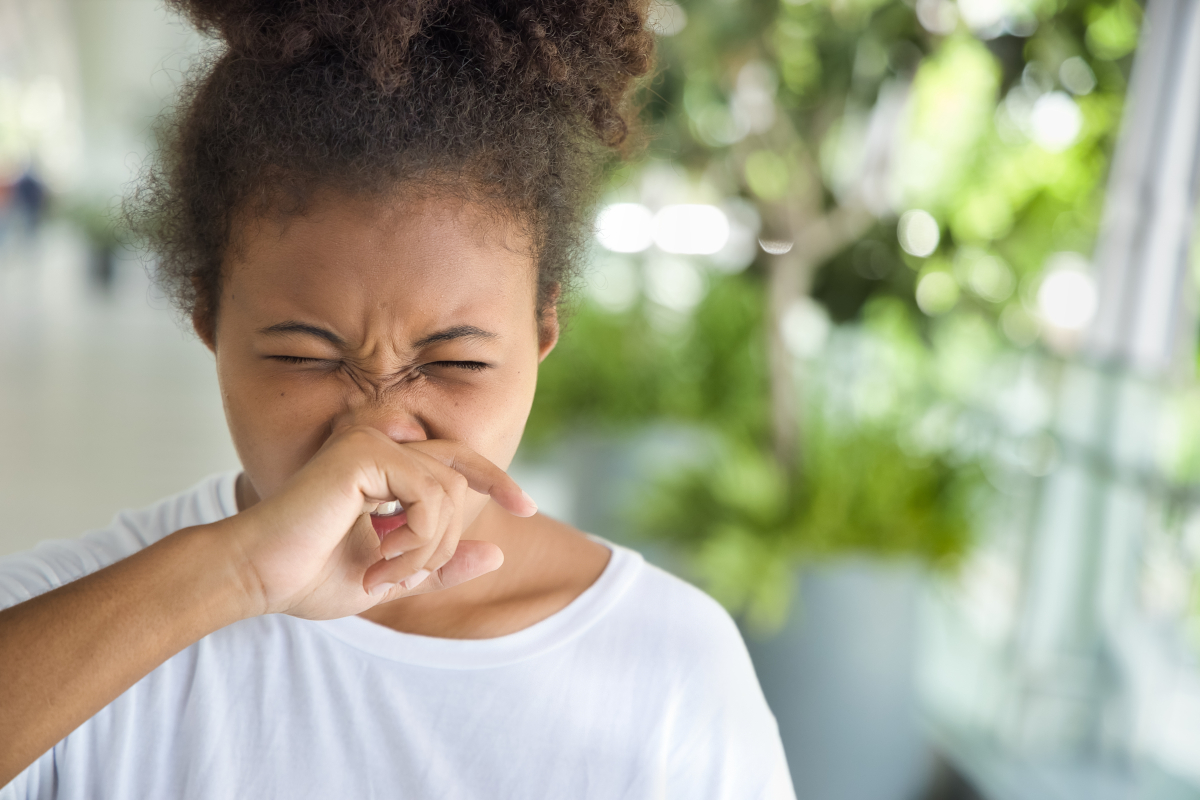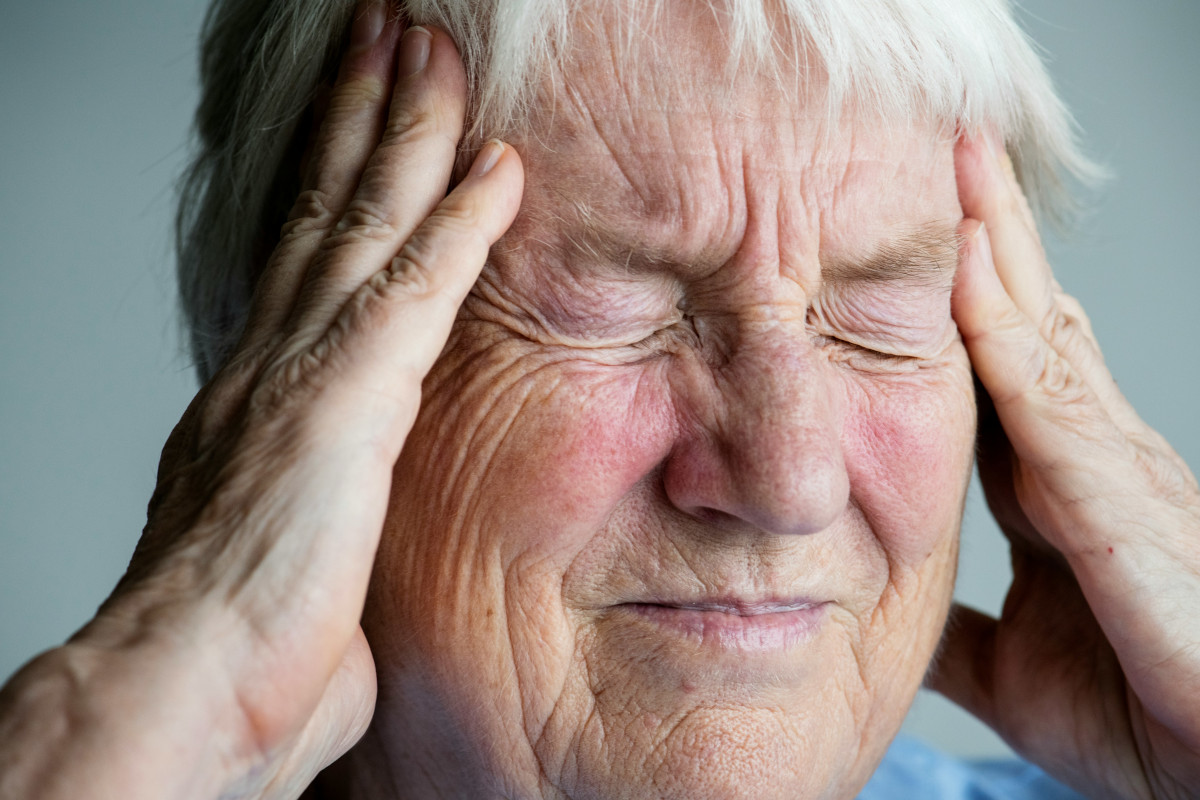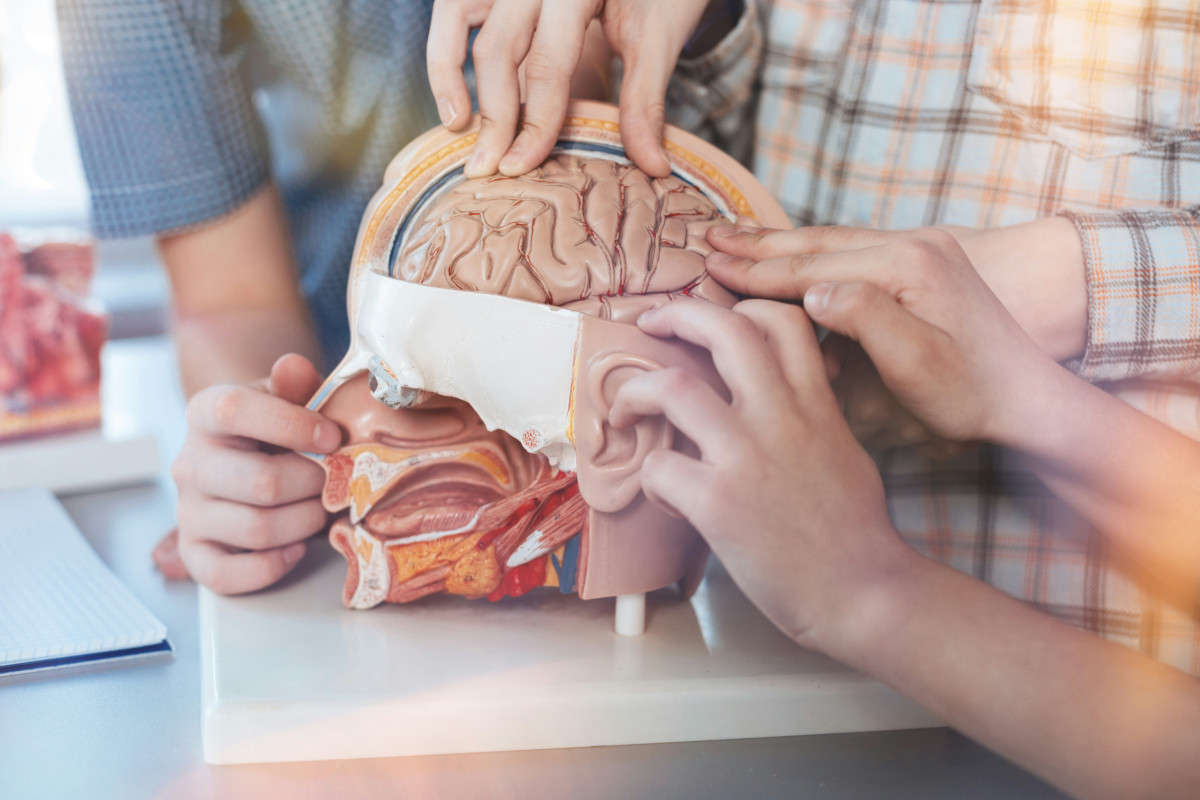Migraine and a woman’s monthly cycle
The science is clear that migraine affects women more than men. The reason why is not so clear, despite extensive research. The main question of interest seems to be this: What role do sex hormones play in triggering migraine attacks?
-
References
Allais G, Chiarle G, Sinigaglia S, Airola G, Schiapparelli P, Benedetto C. Gender-related differences in migraine. Neurol Sci. 2020 Dec;41(Suppl 2):429-436. doi: 10.1007/s10072-020-04643-8. PMID: 32845494; PMCID: PMC7704513.
Artero-Morales M, González-Rodríguez S, Ferrer-Montiel A. TRP Channels as Potential Targets for Sex-Related Differences in Migraine Pain. Front Mol Biosci. 2018 Aug 14;5:73. doi: 10.3389/fmolb.2018.00073. PMID: 30155469; PMCID: PMC6102492.
Chai NC, Peterlin BL, Calhoun AH. Migraine and estrogen. Curr Opin Neurol. 2014 Jun;27(3):315-24. doi: 10.1097/WCO.0000000000000091. PMID: 24792340; PMCID: PMC4102139.
Cupini LM, Corbelli I, Sarchelli P. Menstrual migraine: what it is and does it matter? J Neurol. 2021 Jul;268(7):2355-2363. doi: 10.1007/s00415-020-09726-2. Epub 2020 Jan 28. PMID: 31989282.
Geistberger J. Warum Frauen öfter an Migräne leiden. 2018 Aug 16; online: science.orf.at/v2/stories/2930451/
Pavlović JM. The impact of midlife on migraine in women: summary of current views. Womens Midlife Health. 2020 Oct 6;6:11. doi: 10.1186/s40695-020-00059-8. PMID: 33042563; PMCID: PMC7542111.


